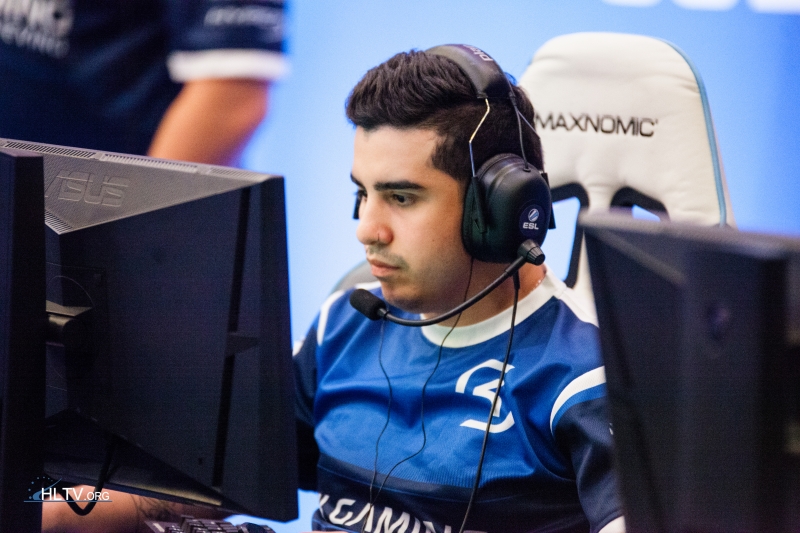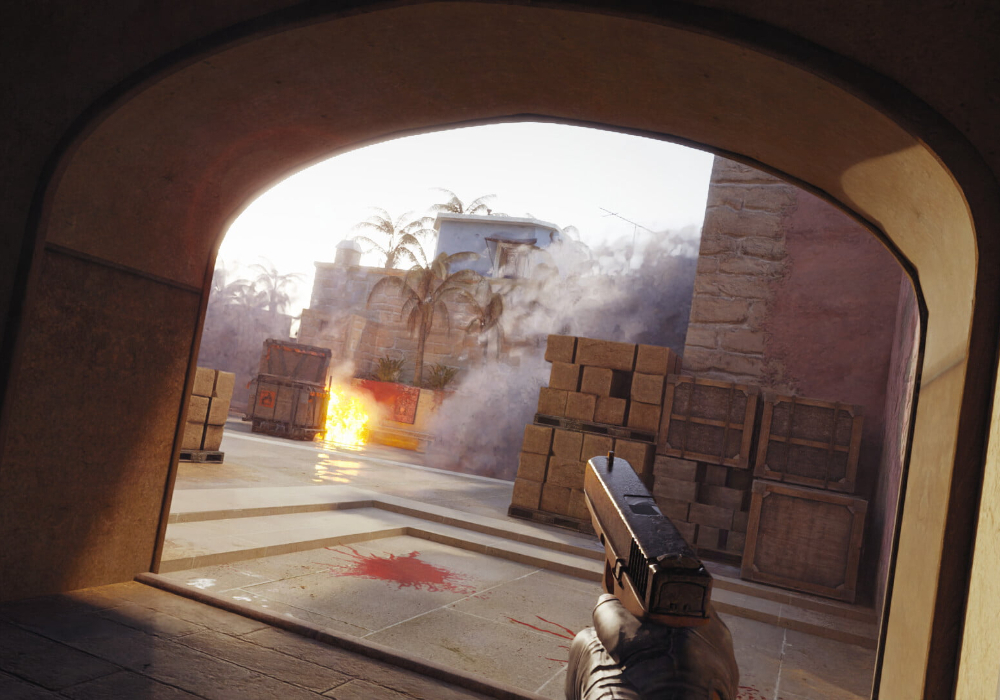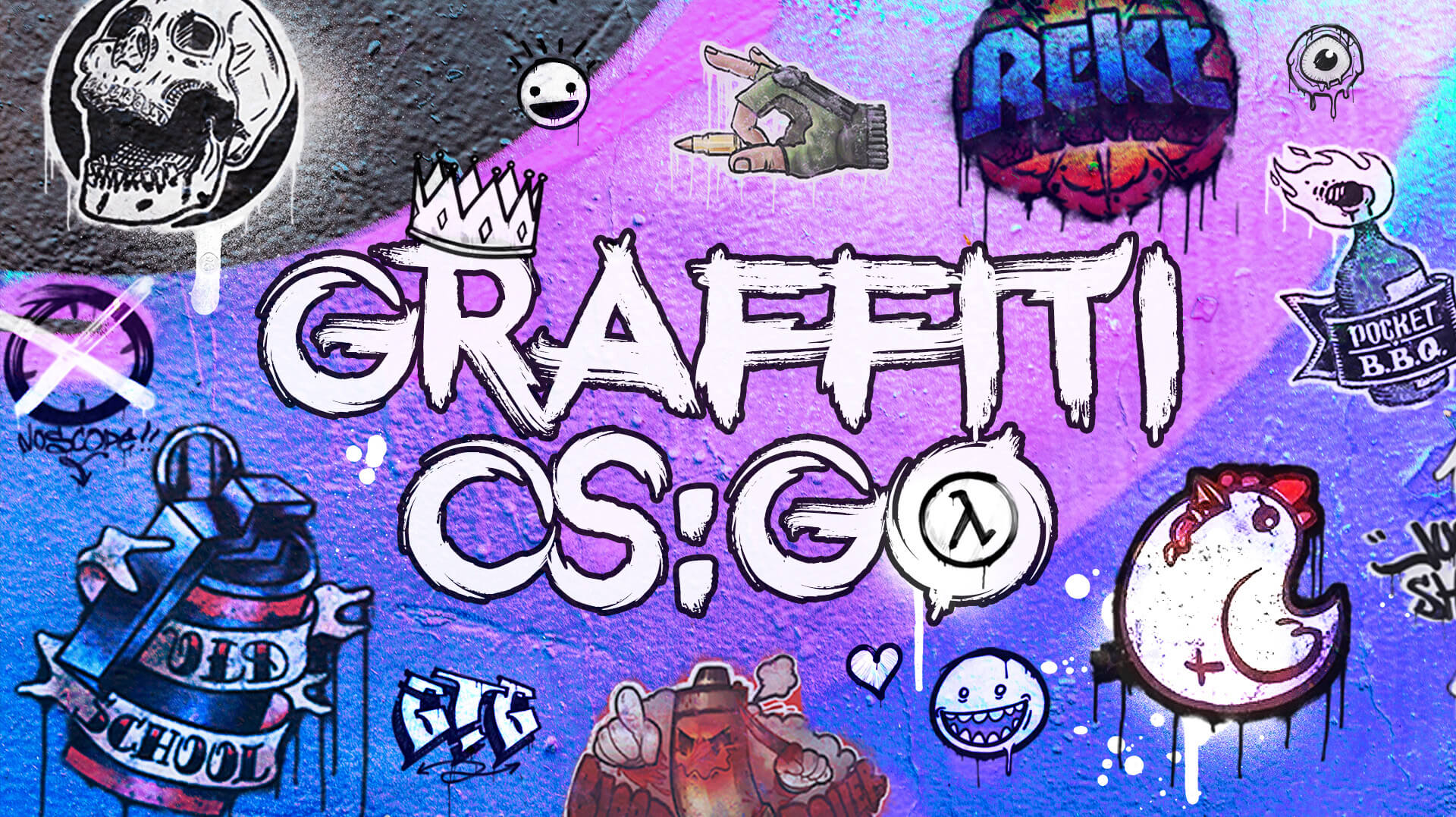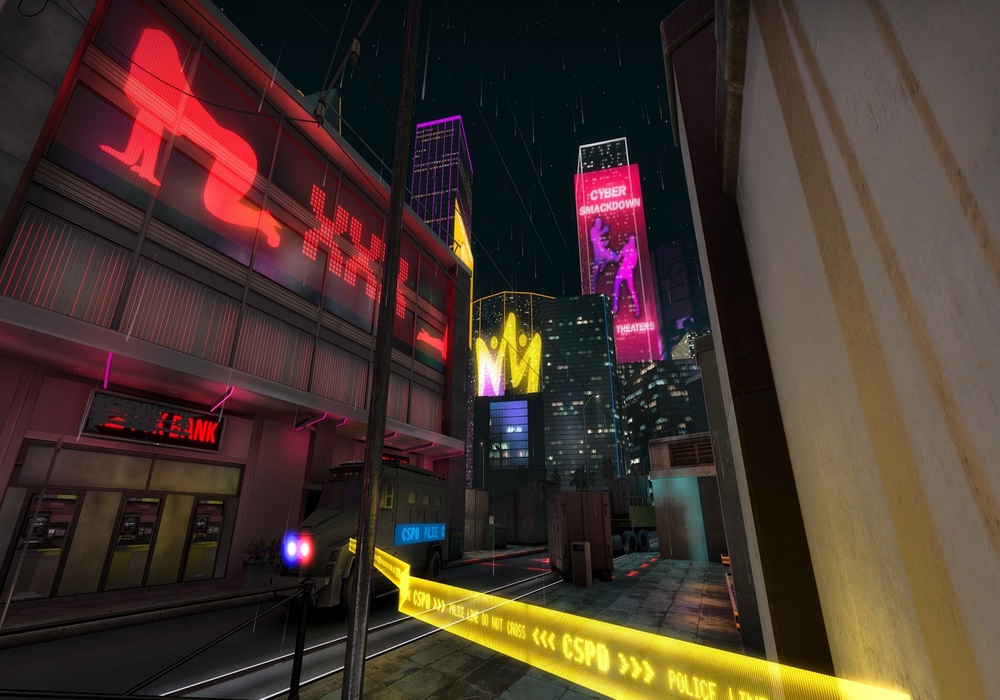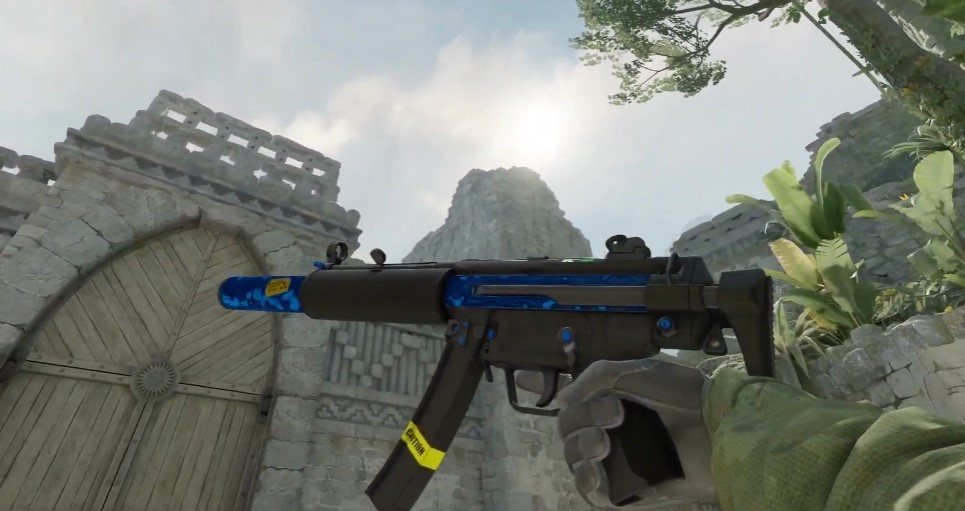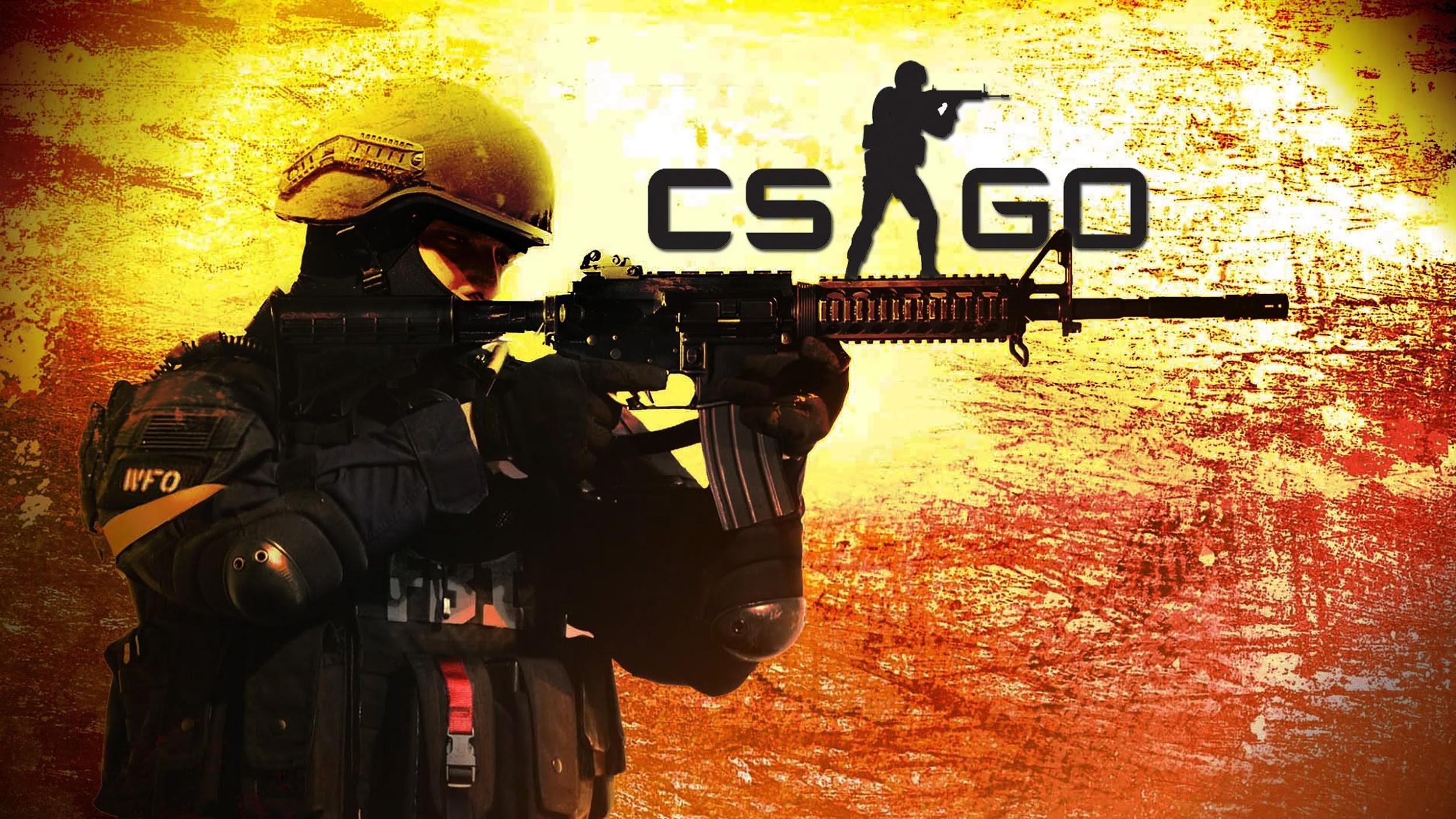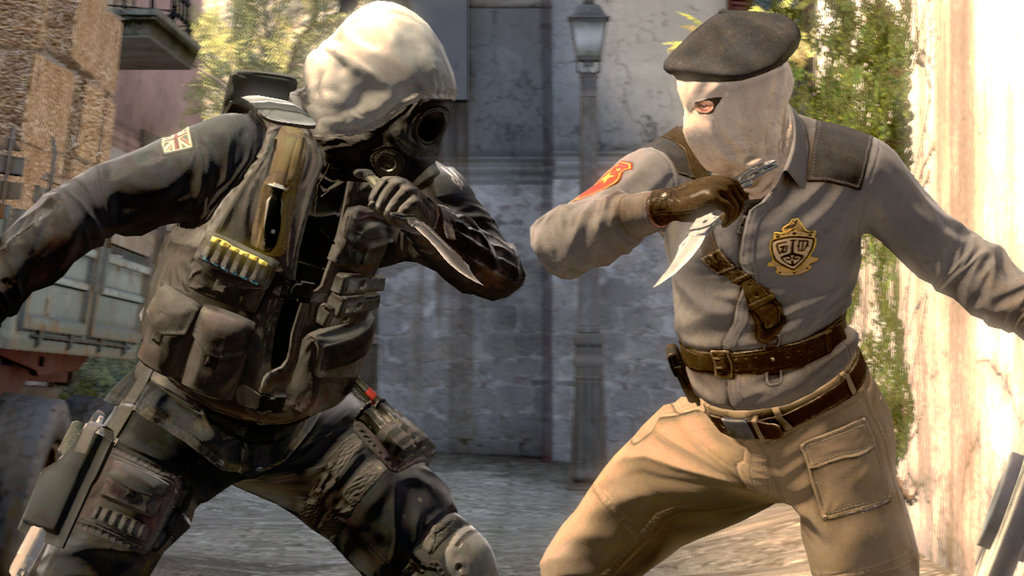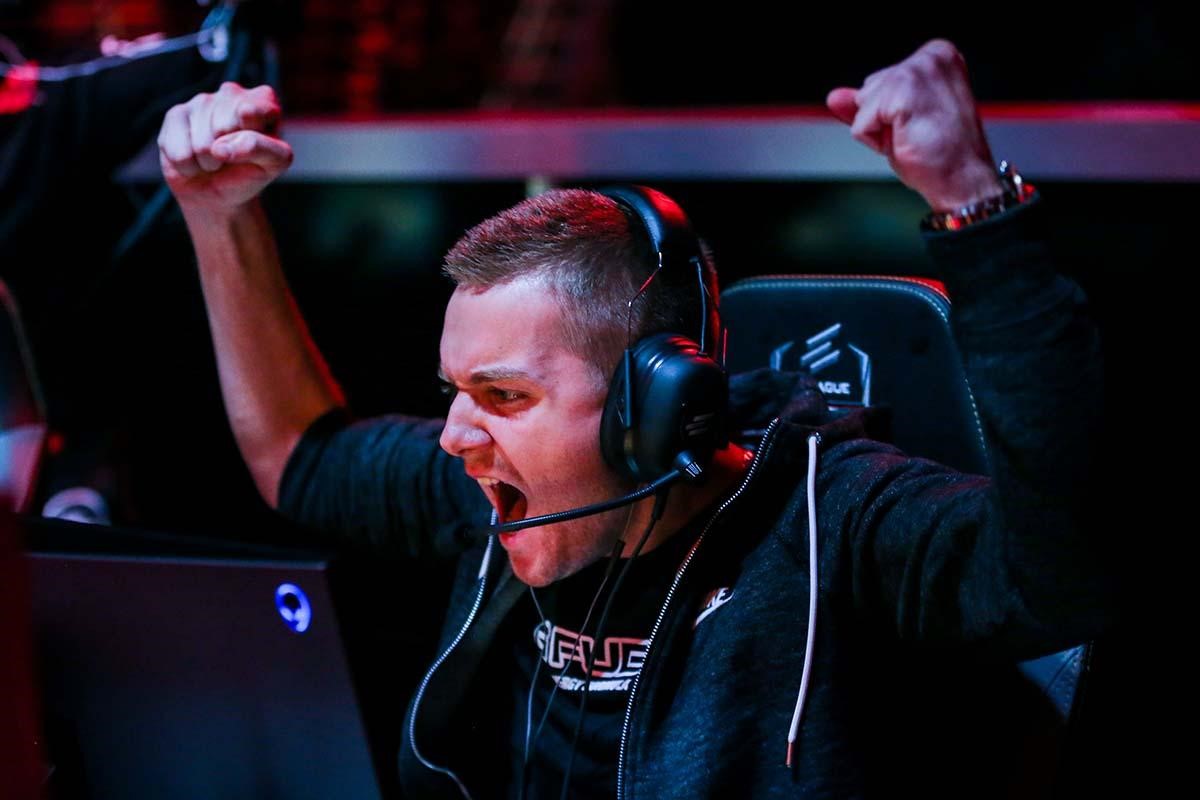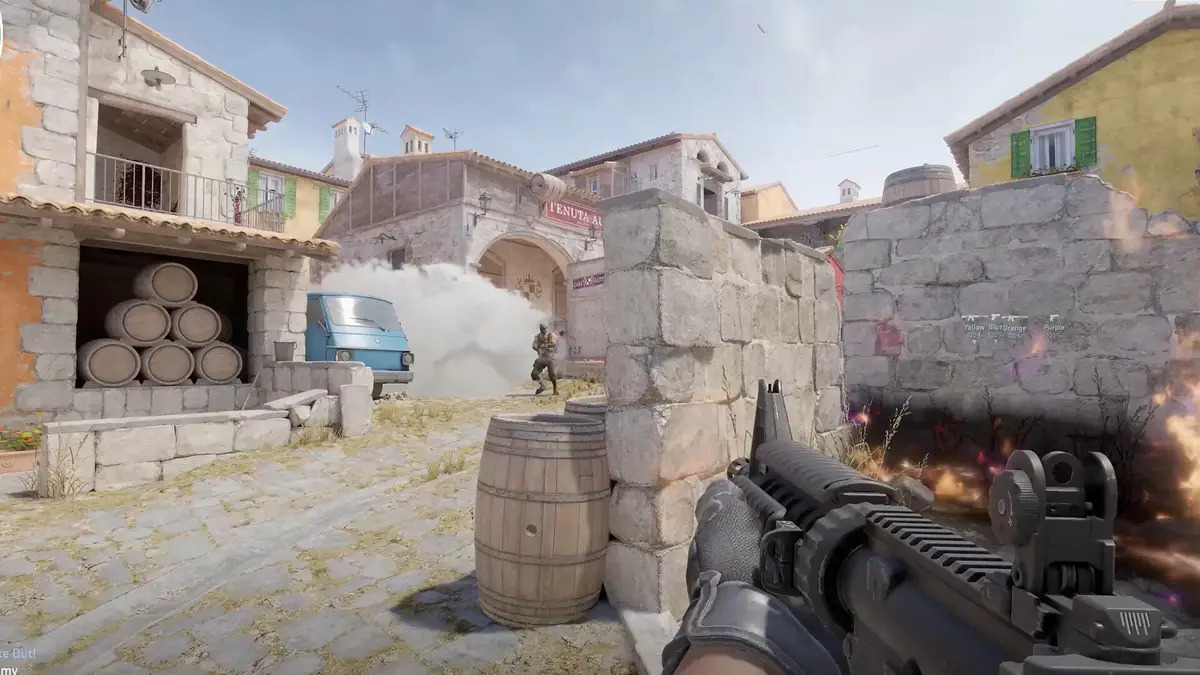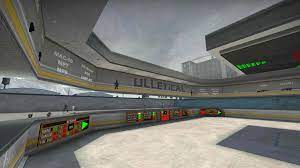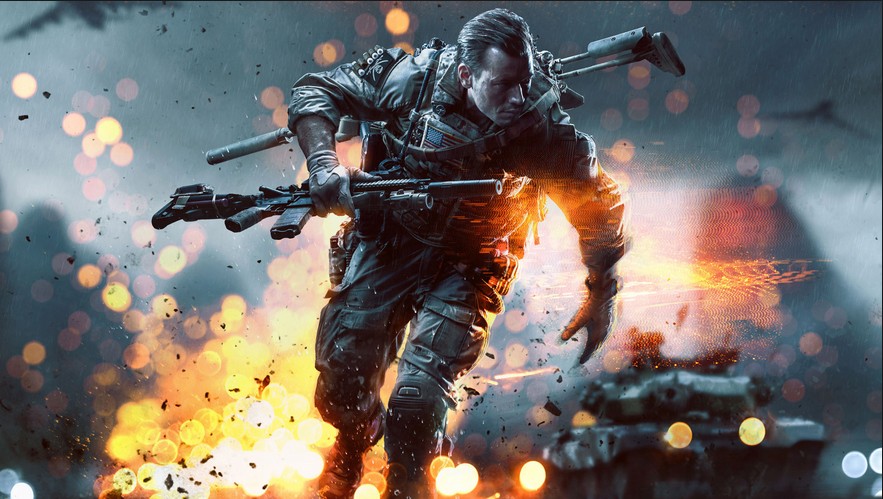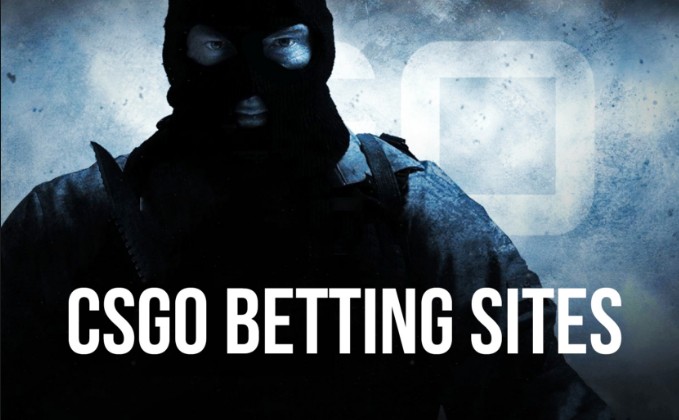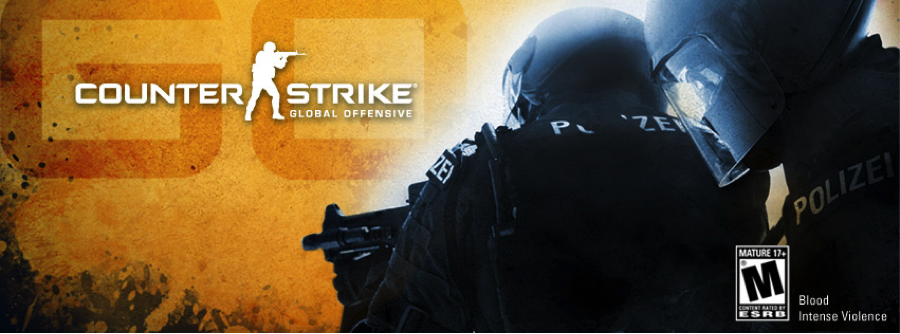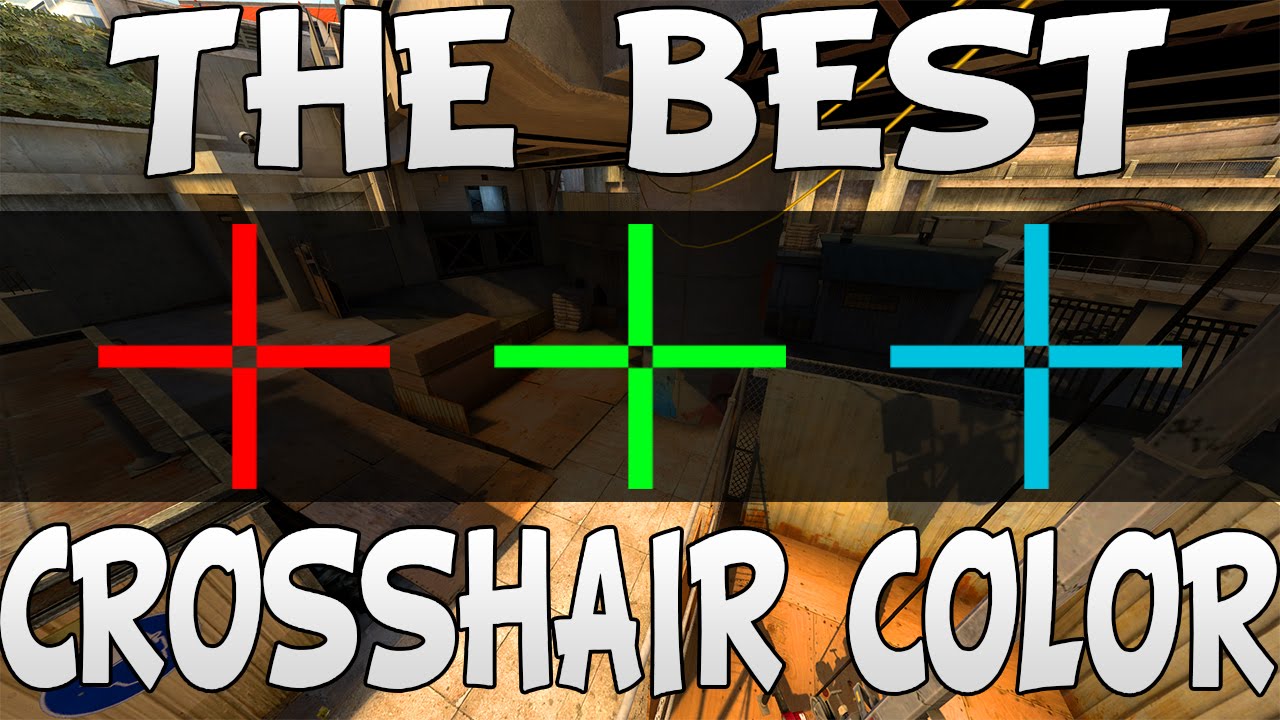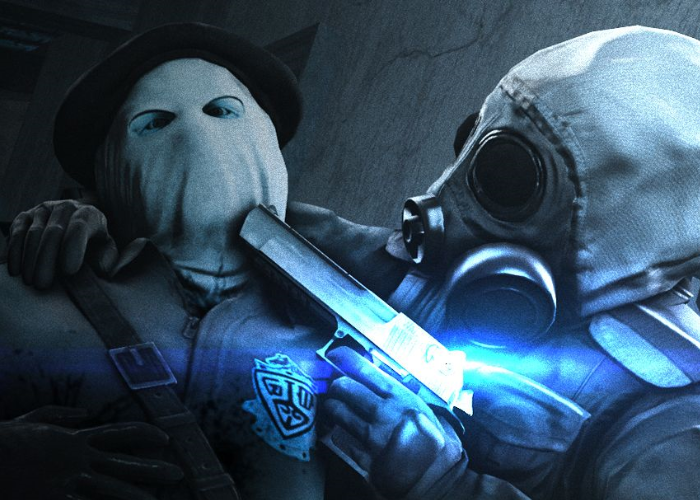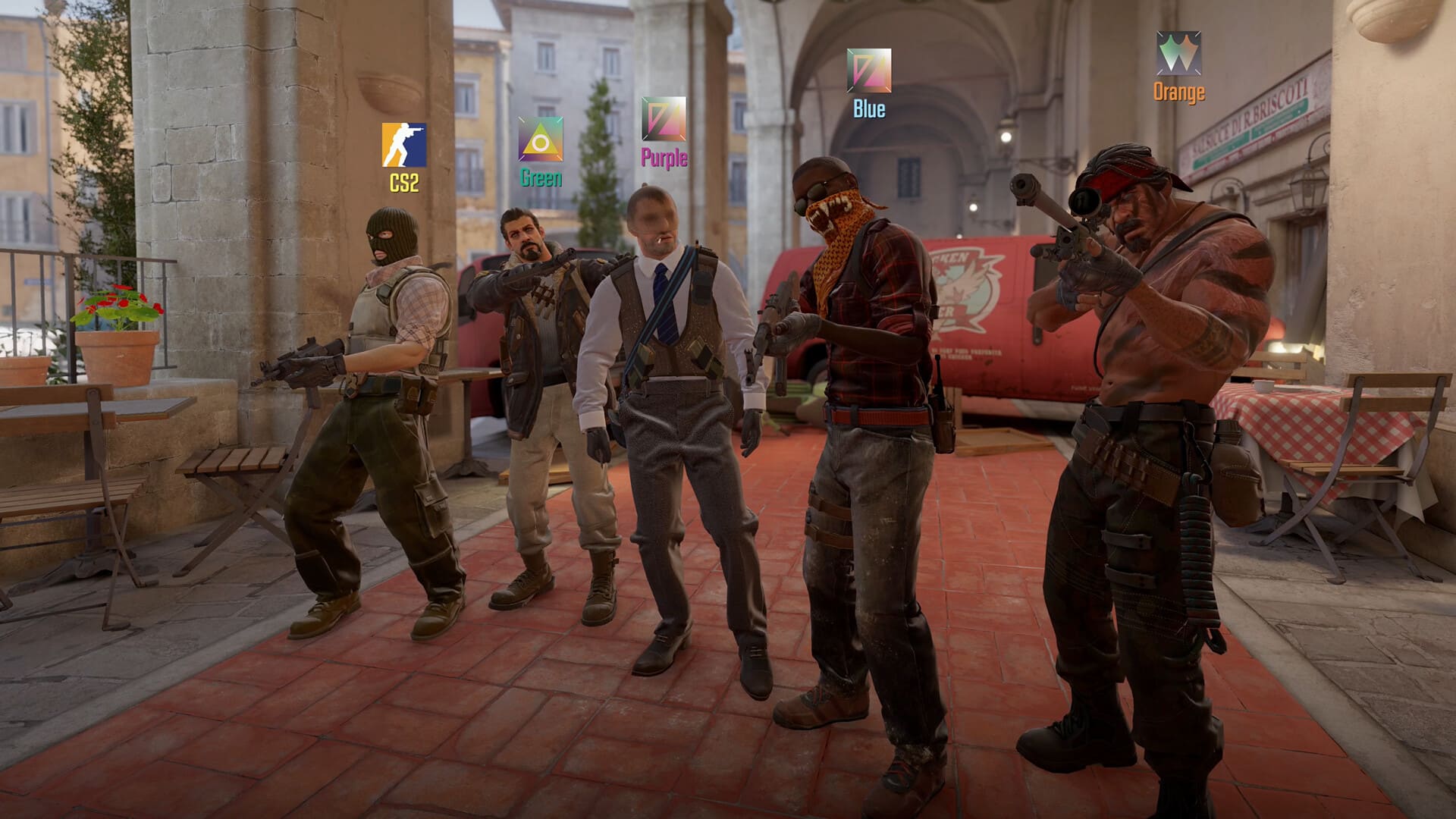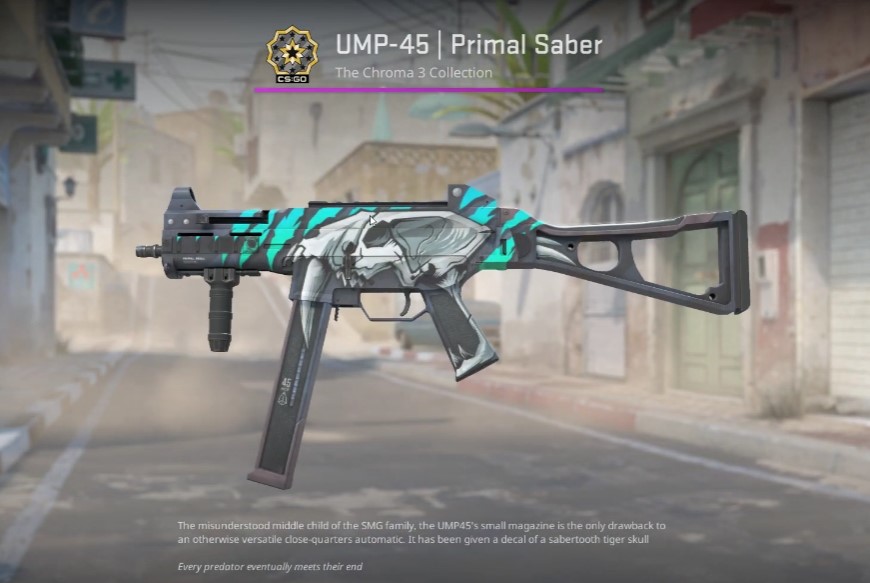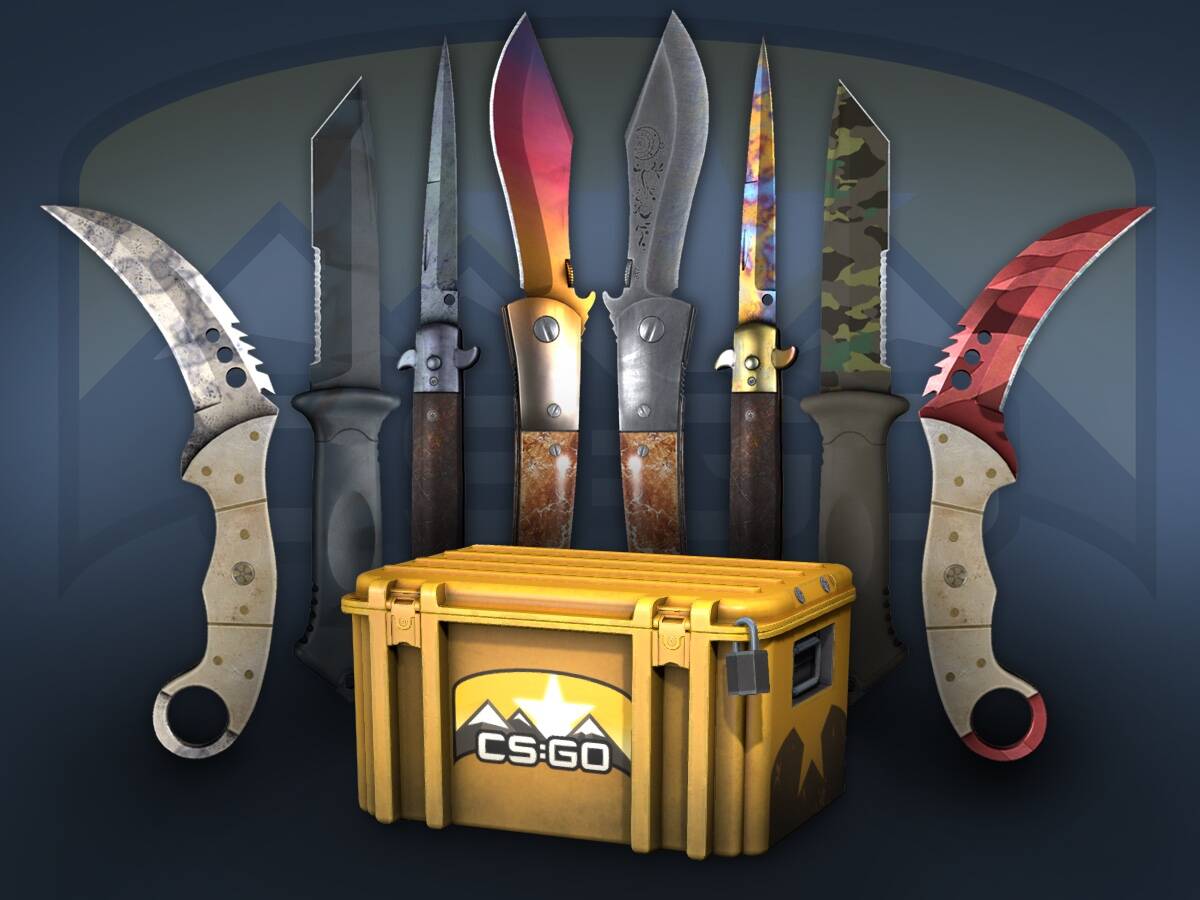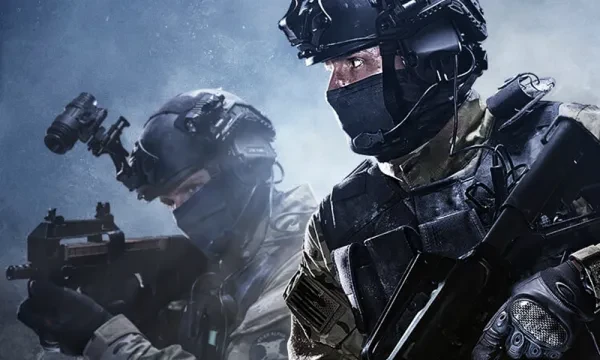
How does CSGO's ranking system work? Here are some things you should definitely know about CSGO's Ranking System.
There are two ranking systems in the game. Let’s take a look at both of them.
CS:GO Profile Rank
It ranges from 1 to 40 and there are three important thresholds.
- Level 2 unlocks competitive matchmaking, which is main game mode of CS:GO.
- Level 21 allows you to make your account Prime. That means that there’s a lower chance of getting matched up with smurfs.
- Level 40 unlocks a service medal – a badge that is shown on your profile.
You level up by playing Valve’s official game modes. Each time you get to level 40, you get a different coloured badge and must start over from level 1. Don’t worry about matchmaking and prime account though, you must pass these thresholds only once.
Competitive Matchmaking and Wingman Rank
There are 18 ranks in CS:GO and they’re divided into four tiers. The tiers are in the following order.
- Silver I (S1)
- Silver II (S2)
- Silver III (S3)
- Silver IV (S4)
- Silver Elite (SE)
- Silver Elite Master (SEM)
Players in silver are usually beginners, who mostly have no idea about what they’re doing. If you’re looking for good players, this isn’t the right place. Most of the smurfs are in silver, which makes getting out of here really challenging.
- Gold Nova I (GN1)
- Gold Nova II (GN2)
- Gold Nova III (GN3)
- Gold Nova Master (GNM)
“Golds” are starting to grasp the basics of CS. They know callouts on maps, understand economy and even know how to aim. You can’t expect anything great from them as they’re still average.
- Master Guardian I (MG1)
- Master Guardian II (MG2)
- Master Guardian Elite (MGE)
- Distinguished Master Guardian (DMG)
People from MGs often realize that they really like CS and they immediately want to create a team and win a big tournament They’re way better than “golds” but they still have a lot to learn.
- Legendary Eagle (LE)
- Legendary Eagle Master (LEM)
- Supreme Master First Class (SMFC)
- Global Elite (GE)
Getting to these ranks requires certain skill and dedication. These players are really good, understand CS and simply know what to do. The only thing that divides them from professional players is the number of hours put in.

New design of ranks was unveiled in November, 2017.
How do I get my rank?
Once you hit level 2, you can play competitive matches and you need to win 10 of them for your rank to appear. In your placement matches you’re gradually matched up against better player and you’re limited to 2 wins per 24 hours. The highest rank you can get after these 10 placement matches is LEM (Legendary Eagle Master).
Ranking up in CS:GO isn’t easy as you can’t see your progress. Everything in match matters - your kills, deaths, MVPs, bomb defusals and so on. The key factor is getting the win. However, it isn’t a condition because you can rank up in a tied match as well as in a lost match. The chances are low though.
On the other hand, losing your rank is easy. Only one lost match is often enough.
If you don’t play competitive matchmaking for 28 days, you lose your rank and must win a match in order to get your rank back. Don’t get mad for being demoted, it’s normal.
The Truth about Ranks
Players care about their ranks too much and don't realize that ranks have usually nothing to do with their skill. The key factor for ranking up is getting a win and it’s next to impossible to do so with four bad teammates. That means the ranking system is more about having good players on your team than your personal skills.
If you want to get better at CS, don’t care about ranks and make most of your time in-game. Ideally, play with and against better players as you can learn a lot from them.

